Our key focus is providing meaningful cost-of-living relief to Australian families.
The Budget update shows a $200 billion improvement in the budget position since we came to office, which means less debt, lower interest costs, and more room for the essential investments our government has made in Medicare, childcare, and housing.
Labor’s plan to help with the cost of living includes:
- A new tax cut for every taxpayer – every Australian taxpayer gets another tax cut from next year – all 14 million, not just some.
- More energy bill relief – $1.8 billion to extend energy bill relief to the end of the year for every household and small businesses.
- Growing wages – $2.6 billion for a well‑deserved wage increase for aged care nurses and stopping unfair non‑compete clauses that are holding back Australian workers from switching to better, higher‑paying jobs.
- Even cheaper medicines – Reducing the maximum price of PBS medicines to $25 and $1.8 billion to list more life‑changing medicines on the PBS.
- Cutting student debt – wiping 20 per cent off all student debts and lifting the repayment threshold for graduates.
- Strengthening Medicare – $8.5 billion to make more GP visits bulk billed for all Australians and train more doctors and nurses, as well as $657.9 million to open another 50 Medicare Urgent Care Clinics and expand existing services.
- Making it easier to buy and rent a home – lifting the income and property price caps for Help to Buy to help more Australians into a home with a lower deposit and smaller mortgage, supporting innovative construction to build more homes sooner and delivering financial incentives to apprentices in the housing construction sector.
- Permanent Free TAFE – making 100,000 Free TAFE places available across Australia every year.
- A fair go for families and farmers – getting people a better deal at the checkout by strengthening the ACCC’s powers, fighting shrinkflation and helping suppliers stand up to the big supermarkets.
- Delivering more affordable and accessible child care – establishing the 3 Day Guarantee so families are eligible for at least 3 days of subsidised early education and care, and building more child care centres across Australia.
We are striking the right balance between keeping pressure off inflation, easing cost of living pressures, supporting sustainable growth and building fiscal buffers in an uncertain global environment.
Since coming to office, the Albanese Government's responsible fiscal management has:
- Improved the cumulative underlying cash balance by an estimated $215 billion, reducing cumulative deficits by around two thirds over the six years to 2027–28.
- Returned 82 per cent of tax upgrades to the Budget over the forward estimates, including 96 per cent in 2023–24 in this Budget.
- Found $77.4 billion in savings and re-prioritisations.
- Limited real spending to an estimated average of 1.4 per cent since we came to Government until 2027-28, compared to the 30-year average of 3.2 per cent and the 4.1 per cent average of our predecessors.
- Lowered the projected peak in gross debt as a share of GDP from 44.9 per cent of GDP to 35.2 per cent of GDP – lowering the peak by almost 10 percentage points of GDP.
- Avoided around $80 billion in interest payments over the medium-term due to the improvements to the Budget position.
Find out more here at 2025-26 Federal Budget



